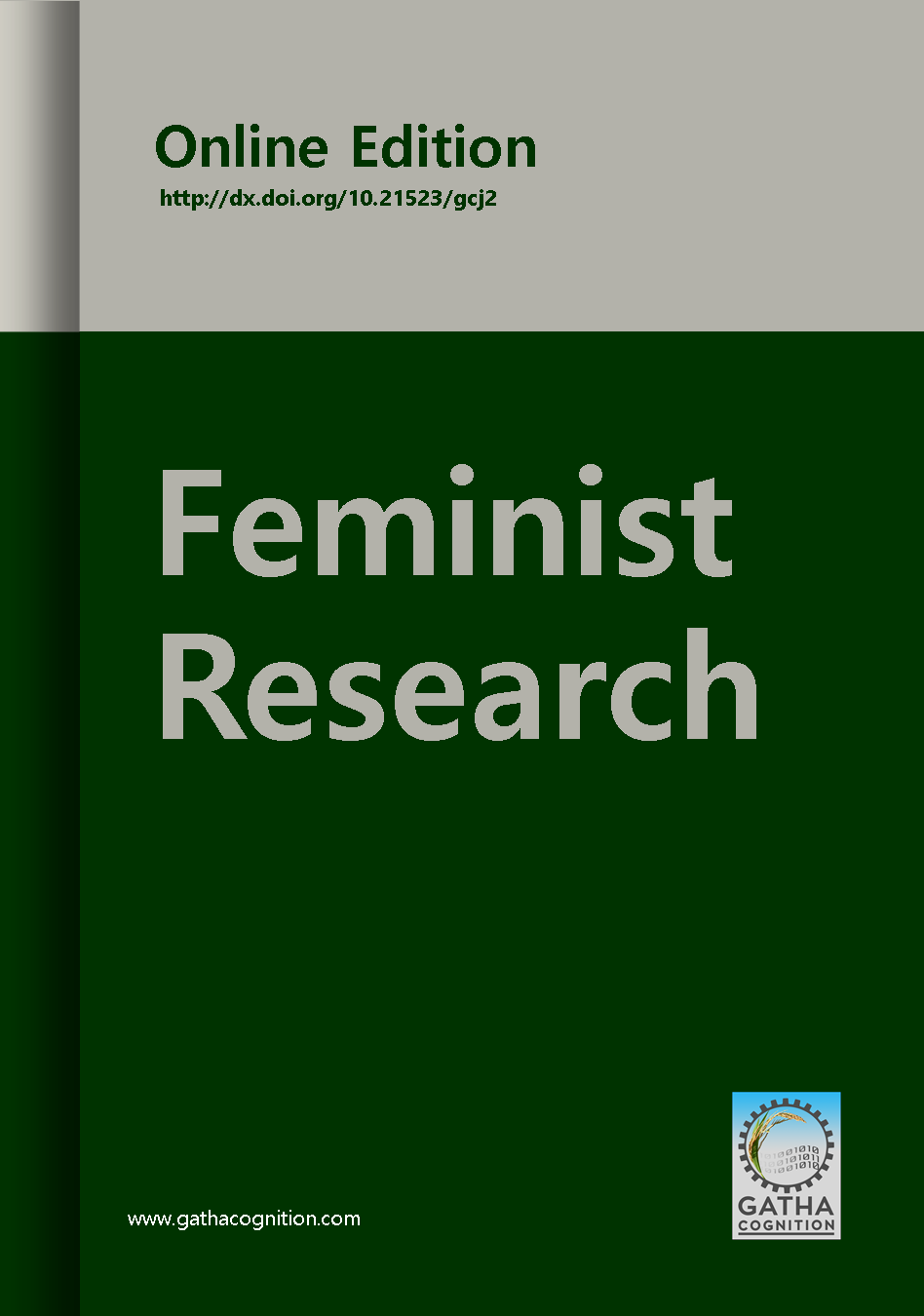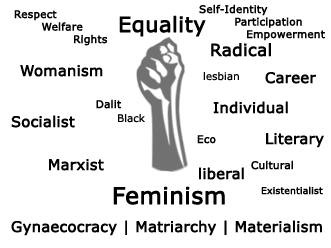Article Title :
Assessment of Regional Inequality in Female Work Participation: Measurement of Disparity and Determinants
3 (2019)
1-10
Women , West Bengal , Regional Inequality , Work Participation , Physiographic region , Disparity


The regional difference of complex Indian social structure and customs have a different impact on the nature of women’s work participation. The present study aims at unravelling the influence of social, cultural and economic forces in differentiating the level of women work participation in different eco-regions of West Bengal. The study is based purely on secondary sources and data have been collected from the Census of India. It is in the rural areas that the female work participation is directly linked to agriculture and allied activities and the study confines itself to an understanding of work participation of women only in the rural areas. The modern technological implication as a result of green revolution has a worse impact on women work participation particularly in the South Bengal plain and some parts of East Rarh Plain region. The high gender gap is noticed in Nadia district located in the middle part of South Bengal Plain causes very high withdrawn of female from there. Effect of socioeconomic variables, work participation of Scheduled component in main economic activity is also varied from the non-scheduled component. Non-scheduled worker participated more in non-agricultural sector rather than the scheduled counter parts. Subsequently, the low growth rate of female work participation represents a distress picture in work force structure which is a cause of worried also.

Study deals with level of women work participation in different eco-regions of West Bengal.
Scheduled component participated more in agricultural sectors rather than the non-Scheduled component.
In inter-regional context highest gender gap is noticed in South Bengal Plain followed by East Rarh Plain and lowest gender gap is noticed in West Rarh and Plateau Fringe region.
Due to complex social fabric of West Bengal, women have to confine in the indoor activity.
Female work participation is directly linked with the level of education.
Chakraborty, I. and Chakraborty, A., 2010. Female work participation and gender differential in earning in West Bengal. Indian Journal of Quantitative Economics, 8(2), 98-114.
Dasgupta, P., and Goldar, B., 2006. Female labour supply in rural India: An econometric analysis. Indian Journal of Labour Economics, 49(2), 293-310.
Datta, A., and Mishra, S. K., 2011. Glimpses of women’s lives in rural Bihar: Impact of male migration. The Indian Journal of Labour Economics, 54(3), 457-477.
Ghosh, B., 2001. Women’s work and informal sectors: two studies in Burdwan, West Bengal. Socialist Perspective, 29(1-2), 1-23.
Goldin, C., 1994. The U-shaped female laborforce function in economic development and economic history, NBER working paper series, National Bureau of Economic Research, 4707, Cambridge.
Hossain, M., Bose, M. L., and Ahmad, A., 2004. Nature and impact of women's participation in economic activities in rural Bangladesh: Insights from household surveys. Working Papers, Department of Economics, Lund University, 20, 1697-1704.
Jain, D., and Chand, M., 1982. Women’s Work and Employment, Report on a time allocation study- Its methodological implication. Institute of Social Studies Trust, New Delhi.
Kundu, A., and Rao, J. M., 1983. Inequality in Educational Development: issues in Measurement Changing Structure and its Socio-economic Correlates with Special Reference to India. In Moonis Raza (ed.), Educational Planning: A Long term Perspective, NIEPA, New Delhi.
Mammen, K., and Paxson, C., 2000. Women's work and economic development. The Journal of Economic Perspectives, 14(4), 141-164.
Olsen, W., 2006. A Pluralist Account of Labour Participation in India. Economics Series Working Papers, GPRG-WPS-042, Department of Economics, University of Oxford, Oxford, UK.
Ray, S., and Debnath, M., 2018. Disparity of female work participation in agricultural regions of West Bengal. Indian Journal of Social Research, 59 (1), 5-27.
Rodgers, J., 2012. Labour Force Participation in Rural Bihar: A Thirty-year Perspective Based on Village Surveys. IHD Working Paper Series, WP 04/2012, Institute for Human Development, New Delhi.
Saha, B., and Bahal, R., 2010. Livelihood diversification pursued by farmers in West Bengal, Indian. Research Journal of Extension Education, 10(2), 1-9.
Singh, U. V., and Mishra, N. K., 2013. Women work participation in rural Uttar Pradesh: A regional analysis. International Journal of Social Science & Interdisciplinary Research, 2(8), 47-57.
Sinha, S., 2005. Female work participation rates in rural West Bengal: A village level Analysis. Indian Journal of Labour Economics, 48 (3), 563-577.




